So, I decided to solicit from my fellow PCVs (Peace Corps Volunteers) advice concerning what incoming volunteers to Peace Corps Guatemala should bring with them. For those new Peace Corps Guatemala recruits who will be embarking on their first leg of their Peace Corps journey, by first traveling to a brief staging event in the U.S. before flying into Guatemala City, what to bring can be a difficult decision as there is a weight limit (100 lbs. in total when I left a year ago), and also because it is hard to anticipate what you’ll need given the novelty of living in a foreign country.
In the Peace Corps Guatemala Welcome Book there is a very useful list of suggested items, but I wanted to give incoming volunteers some advice from volunteers currently serving in the field (Fall 2016 at the time this post was written!). Plus, the list in the Welcome Book is pretty long, and it might be hard to figure out what casual clothing is and what is most important to bring.
For men, it would be dress pants, darker colors are easier to keep clean (it is hard to keep white clothes look good as there can be a lot of dust due to dirt roads and a plethora of corn fields), though the medical office recommends clothing with bright colors to keep the mosquitoes away. And for business casual shirts for men, I think that any collared shirt is good, perhaps with buttoned and long-sleeved shirts being best as it is impossible to overdress in Guatemala. Appearances count a lot here, especially since it would be assumed that foreigners, especially Americans, have the funds available to dress appropriately for work and to not do so would be a sign of disrespect, even though many Guatemalans, including our work partners, can not aways afford to buy the newest, or fanciest, looking clothes.
For guys, it is a good idea to bring a dress shirt and tie, and business casual pants for the swearing-in ceremony to which the Ambassador to Guatemala has a perennial invitation. I wish I had brought a blazer/dress jacket as well, for swearing in, but also when giving formal presentations in my site. Many Guatemalans plan on buying a new wardrobe on New Year’s Day, this is actually a tradition here! So in a couple months I plan on updating my wardrobe and donating clothes that are too worn-out to be worn to work here.
I almost didn’t bring my laptop, or my iPad mini, but I did and have been pleased ever since with that decision! I think everybody in my training group (called a Bak’tun here in Peace Corps Guatemala as a hat tip to a unit of time in the Mayan Calendar) brought a laptop, and most of us use Macs. As an alternative, one person brought an inexpensive Windows netbook/laptop with her. Most of the volunteers I talked to recommend bringing an external hard drive, and this is a great idea as volunteers often exchange files, such as photos and videos, and as one PCV told me, it is great peace of mind knowing that you can back-up your laptop and if it gets lost, or stolen, you’ve got a copy of your files. External hard drives, and really all electronics, are cheaper in the U.S. than Guatemala. So, while you can buy most electronic devices here, they will be more expensive, sometimes 50% to 75% more expensive!
If you want to get a head-start on Peace Corps work, (and make life easier for yourself) I would highly recommend downloading and installing Peace Corps VRF (Volunteer Reporting Form) App on your MacBook before you get here! It is a pain trying to use the slow internet in the Peace Corps office to do this, and you want to make sure your operating system on your Mac works with this App. For several training groups, the VRF information session, when we learn how to use the program, is slightly derailed as not everybody has this program up and running on their laptop. Here’s a link to the page to download the Peace Corps VRF.
I am so happy that I brought my iPad mini with me as I can bring it to the health center to read PDFs (such as the many Peace Corps manuals) and use the Kindle App to download and read ebooks. I can also bring it to a larger town, such as Xela, where there is free Wi-Fi access and check my email, email files related to work (such as our monthly calendar which we submit as an Excel file and our VRF volunteer reporting form), and update this blog if I don’t have time to use the internet cafe in my town, or if the internet cafe is down or too slow.
Other volunteers recommend a Kindle, and some have brought a full-size iPad, but I think the iPad mini is easier to travel with, and I’d recommend a protective case. I fell once, and my iPad mini screen cracked, but it is still 100% functional. I even left it on a tuk-tuk (small ubiquitous taxis that provide local service) once, but the driver tracked me down and returned it to me! I didn’t buy any personal property insurance as my files are backed-up, and my iPad and laptop may well be out of date by the time I finish service.
Peace Corps provides each volunteer with a cell phone (they pay the monthly bill) which we must keep on our person and fully charged in order to answer calls from our project managers and to be able to receive text messages in the case of emergencies. However, it is a basic cell phone (pictured below) and you can’t get email on it. This model was chosen because it is better not to attract unwanted attention to ourselves in site by flashing around expensive smartphones, though might find that all of your work partners use smartphones as well as many people in your town. However, Peace Corps’ prepaid plan for your cell phone does include 100 MB of data each month, (and you can add more “Saldo” or data to your plan by giving cash to store owners who sell Saldo, which many do here as a side business) so you can buy a relatively inexpensive smartphone here and insert the SIM card into it and access email. Some PCVs have cut-down their SIM card to fit into an iPhone and used those here, though they need to be a specific type, (I believe a GSM Quad-Band world phone), to work in Guatemala, though I would highly advise you do your own research online! Here’s a photo of our Peace Corps provided cell phone.
I think a good general piece of packing advice is to note what personal items you frequently use in a week and consider bringing them to Guatemala. I brought my construction-grade ear protectors with me on a whim, as I don’t like loud noises, and it paid off immensely! Here in Guatemala, people celebrate birthdays and other events with firecrackers, sometimes at 4:00 am in the morning, or in the evening until 1:00 am, and parties at night can be loud. I live with a host family with young children, and they might wake-up at midnight crying, so I am happy to have these that I can place over my earbuds as they filter out all but the loudest of noises.
I brought a pair of hiking boots with me, and while you can make occasional trips to the mall to get shoes and even hiking boots, you won’t have many chances to do this during the first 9 weeks of service, which is Pre-Service Training, or PST (we went once to the mall in Guatemala City at the end of Pre-Service Training), and I did have many opportunities to hike during those first 9 weeks. I didn’t break these hiking shoes in, which I regretted as I got blisters, so a comfortable pair of hiking boots, especially if you favor one brand, might help.
A Nalgene bottle is a definite plus. The medical office recommends this brand of water bottle as you can measure exactly 1 Liter of potable water, which is the exact amount you will need if you have to make home-made ORS (Oral Rehydration Solution) in the case of diarrhea. Here is a picture of a packet of ORS from the Peace Corps med kit that each volunteer receives.
If you add too little water, the ORS solution will suck water out of your body and make you even sicker, possibly seriously so, and if you add too much water, the solution won’t help nearly as much and you could become seriously dehydrated and have dangerous imbalances of the salts (electrolytes) in your body if the ORS isn’t properly made. I bring my filled Nalgene bottle with me almost everyday as I never know when I might be going on house visits and walking a mile or two. There are easier to use water bottles that you don’t have to unscrew, but if you get one of those I’d get one that has measurements up to 1 Liter, or bring a 1 L Nalgene as well as when you’re so sick that you can’t keep food down and need to use ORS, it helps having a readily available container that is pre-measured to 1 L. Plus, you could bring extra water for a hike with two containers. You can also pack stuff inside your Nalgene bottle to save space during travel! Here are two 1 Liter Nalgene bottles.
I’m also glad I brought a travel clock which shows the time, temperature, date and lights-up at night. It has a solar cell, and so its double A batteries last about a year.
I also brought a solar or crank-powered flashlight which has been a big help when the power goes out, and I like that I don’t have to rely on batteries. I just leave it in my window and it stays charged and ready for emergencies. Many volunteers also have great things to say about headlamps, especially if you have to walk a short distance at night to use a bathroom away from your bedroom, it helps having a light source that leaves your hands free to attend to other business (ahem).
For an alarm clock, you can use your Peace Corps provided cell phone’s alarm function, or set your smartphone’s alarm.
Here are some other almost verbatim recommendations my fellow PCVs whom I asked for their top 5 recommendations for stuff to bring (all female for those wondering about business casual clothes for women, I removed names for anonymity and edited for style)! Some volunteers said, yes! bring a bathrobe for comfort during PST, others said no, several said yes to a sleeping bag and a Kindle. Some said bring rain boots to PST, even though they can be found here later on. I’ve gotten by without rain boats, though a raincoat is a definite must, especially during rainy season, and I carry it everyday in my backpack everyday, along with a small portable sombrilla (umbrella) just in case.
Here are some volunteers’ top five must-have items! (Though it is impossible to know if you will go to a ‘warm’ or ‘cold’ site before you leave, many, it not most, sites do indeed get chilly at night!)
THANKS FOR DOING THIS, MATEO!
1. WARM CLOTHES. Who knew??!?!? But Guatemala is freezing. Pack as if it’s Fall/early Winter (at least if you’re from Georgia/the South).
2. A solid pair of boots that can work as “business casual” for both site life and PST. Something along these lines: http://www.blundstone.com.au/ (great for males AND females). But I’m sure a cheaper option could be found, too!
3. When Peace Corps says “business casual” they really mean a pair of skinny jeans and a somewhat nice top. Don’t go out and buy “work pants, etc.” Just stick with what looks “business cas.” that’s already in your closet.
4. A headlamp. Will save your life on power-less nights.
5. Bananagrams. This game will win you big points with host siblings.
Great idea for a blog post, top 5 off the top of my head are:
1. Hard drive
2. An overnight bag for weekend trips
3. A Kindle
4. A head lamp
5. A watch
Most other things I feel like you can find here
Hey Matt! Great idea for your blog. I had generated a kind of lengthy list of “to bring” and “not to bring.” but its specific to this country in some regards.
Bring (top 5)
1) Rain coat(s)
2) External hard drive (backup computer to avoid additional emotional distress if you damage your computer)
3) Workout clothes + tennis shoes
4) 1 set of sheets and a sleeping bag (i was glad i had it for PST. Made me feel more comfortable)
5) Bath robe (especially for ladies. While it can be purchased at miraflores i was glad i had it for PST)
Also VERY useful
Photos of friends and family from home (excellent conversation starter)
A small gift for host families unique to your home state or town
Plastic storage tubs for organizing(you can organize and pack your clothes inside them in your luggage.
Packable multi towel (for traveling)
Sweatpants, layers and comfy lounge clothes
More jeans and less dress clothes (just enough to get by in training)
Dont bring
Paper books (plenty in office library)
Everything below can be purchased at miraflores during training or in site, but are highly recommended
Headlamp + flashlight
Rain boots + umbrella
Sheets + pillows
Towel, bath robe
Yoga mat
Flip flops
Hey Matt, I think that the main 5 essentials should be:
1.) a hobby(like a guitar, a book, or a deck of cards) something to entertain oneself while PST is a must,
2.) Only 1-2 sets of formal clothes (I and my male significant other regret bringing soo much formal wear because our type of work doesn’t require us to look classy)
3.) A good pair of running/walking shoes
4.) Coconut oil for the skin…really helps against fleas
5.) A good quality sturdy backpack (ours both ripped after first year in service)
Sturdy casual shoes (keds or converse), rainboots, water bottle, sleeping bag and kindle.
Hey Matt!!
Great idea!
I think an external hard drive is a must.
Comfortable tie shoes (not just slip ons) that are acceptable for work and play. (I use my converse every day!)
Jeans
Slippers/house shoes
layers! (sweaters and light jackets)
They need to think of this more as a regular outfit kind of job, you don’t need all business casual but you also don’t want all hiking gear. Black or blue jeans and a top work great for work!
Kindle/digital book reader
3,091 total views, 2 views today
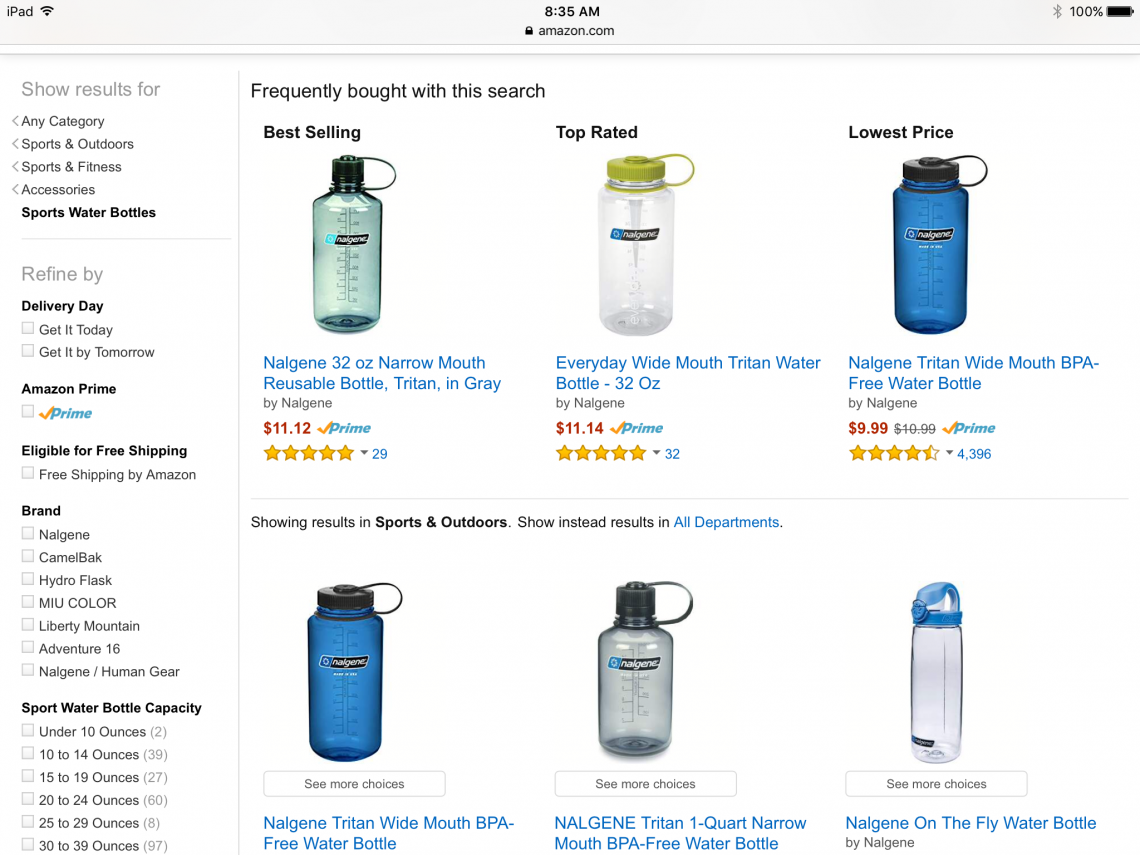





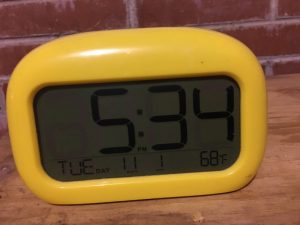
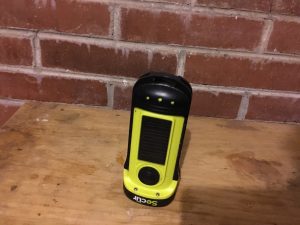
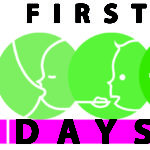
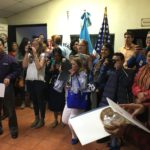
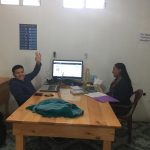
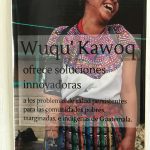

Comments by Mateo
Peace Corps Guatemala: Daily Activities 3: Women’s Group Handwashing Charla
Hi Emilio, I like your blog! I will send a postcard to ...